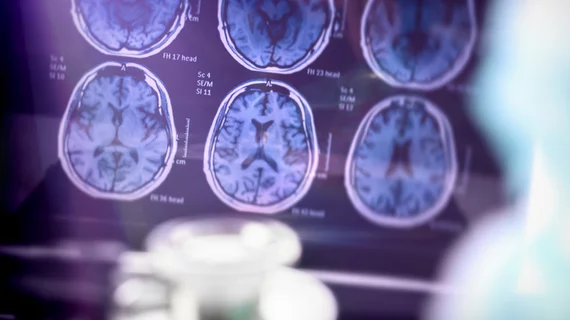A convicted murderer's fate could hinge on different interpretations of her brain scans
In the defense of a convicted murderer, a New York neuro specialist cited a slew of neuroimaging findings that indicate “severe dysfunction” that could have numbed the defendant’s “brakes of inhibition.”
On Oct. 3, Taylor Parker was convicted of capital murder by a jury in Texas for crimes she committed in October of 2020. As the penalty phase of her trial comes to a close, her defense brought to the stand a neuropsychologist who had run a series of neuroimaging exams on Parker.
Dr. Siddartha Nadkarni reviewed Parker’s medical records and imaging, in addition to conducting his own assessment. This included a new set of brain scans and an EEG. Based on his interpretation of Parker’s MRI, PET/CT and EEG exams, he concluded that the defendant appeared to have severe dysfunction of both her frontal and temporal lobes.
“People with this frontal lobe dysfunction don’t have the brakes of inhibition to stop themselves and impulsivity is great,” he said, according to multiple Texas news outlets.
He went on to describe what appeared to be damage to multiple areas of the defendant’s brain, detailing atrophy of the white matter in Parker’s parietal lobe and damage observed in her frontal cortex. He suggested that damage in these areas, whether from an injury or otherwise, could impact her behavior, noting that people with this sort of loss in tissue have been found to have increased irritability and trouble with memory, inhibition and consistency.
Prosecutors also used the defendant’s imaging to plead their own case, referencing several other doctors who also consulted on the brain scans but deemed them to be normal. The neurologist noted that the differing opinions could be attributed to reader perception, that the prior doctors were likely looking for signs of stroke, while he was focused on indicators of brain dysfunction.
The jury is expected to begin deliberations by the end of this week. Their decision will determine whether Parker spends life in prison of faces death by lethal injection.

